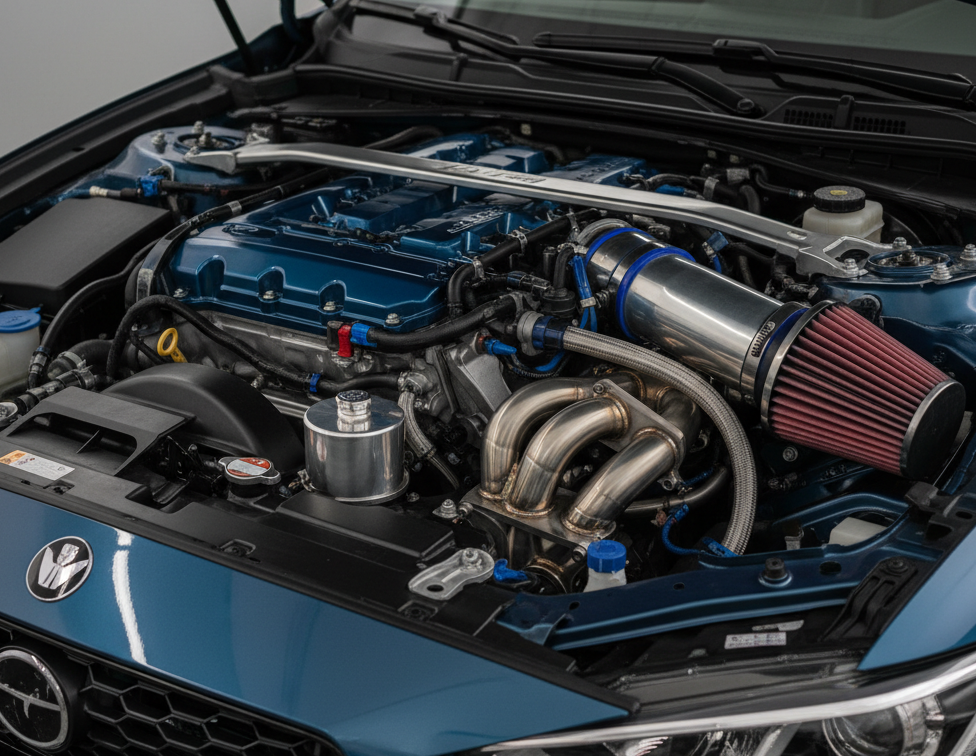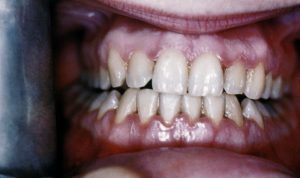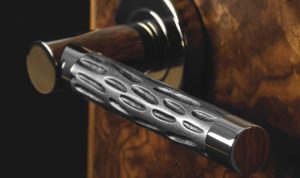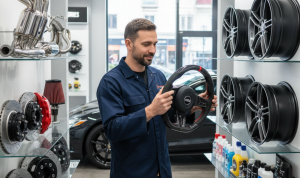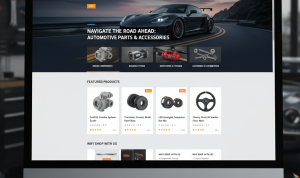The automotive industry is a powerhouse of innovation, and at its heart lies a dynamic and ever-evolving market for parts and accessories. From the humble oil filter to the high-performance turbocharger, these components are the lifeblood of vehicles, enabling everything from routine maintenance to thrilling performance upgrades. For businesses looking to thrive in this sector, understanding the nuances of selling automotive parts and accessories is paramount. This comprehensive guide will navigate the landscape of this lucrative market, offering insights, strategies, and best practices to help you drive your sales to new heights.
The Automotive Aftermarket: A Landscape of Opportunity
The “aftermarket” refers to the secondary market for automotive industry products, including parts, accessories, chemicals, and tools, that are not installed by the original equipment manufacturer ( (OEM) at the time of vehicle production. This multi-billion dollar industry is fueled by a diverse clientele, from DIY enthusiasts and professional mechanics to car customization aficionados and everyday drivers. The sheer variety of products, from essential replacements to aesthetic enhancements, presents a vast array of opportunities for sellers who can effectively cater to these different segments.
Understanding Your Customer: The Key to Targeted Sales
Before you can sell, you must understand who you’re selling to. The automotive parts customer is not a monolith. They fall into several distinct categories, each with their own motivations and purchasing habits.
- The DIY Mechanic: This individual is hands-on and knowledgeable. They are looking for quality parts at a good price and often prioritize detailed product descriptions, installation guides, and peer reviews. They value convenience and reliability and are likely to research extensively before making a purchase.
- The Professional Technician/Shop Owner: Their priority is efficiency and reliability. They need parts that are readily available, fit perfectly, and come with a reliable warranty. They are repeat customers who value a strong relationship with their supplier, quick delivery, and competitive bulk pricing.
- The Performance Enthusiast: This customer is driven by a passion for speed, power, and aesthetics. They are willing to invest in high-end, specialized parts like performance exhausts, turbo kits, suspension upgrades, and body kits. They are often active in online forums and social media communities and are influenced by brand reputation and performance data.
- The Everyday Driver: This customer is typically looking for replacement parts for maintenance or repair. Their primary concerns are safety, reliability, and cost. They may not be as knowledgeable about parts and often rely on recommendations from mechanics or a trusted online retailer.
By segmenting your audience, you can tailor your marketing messages, product offerings, and even website layout to meet their specific needs. For example, a website targeting DIYers might feature detailed video tutorials, while one for performance enthusiasts would highlight dyno charts and track-day results.
The E-commerce Advantage: Building a Digital Showroom
In today’s market, an effective online presence is non-negotiable. E-commerce platforms have democratized the sale of automotive parts, allowing small businesses to compete with large distributors. Here’s how to build a successful online store:
- Robust Product Catalog: Your website is your virtual showroom. Ensure your product catalog is comprehensive, well-organized, and easy to navigate. Categorize by vehicle make, model, year, and part type. Implement a powerful search function that allows customers to find exactly what they need quickly.
- Detailed Product Descriptions: Go beyond a simple name and price. Each product page should include high-quality images from multiple angles, a clear and concise description, a list of compatible vehicles, and key specifications. Highlight the benefits of the product – for example, a high-flow air filter that improves horsepower and fuel efficiency.
- User-Generated Content: Reviews and ratings are powerful social proof. Encourage customers to leave feedback and upload photos of the parts installed on their vehicles. This builds trust and helps other shoppers make informed decisions.
- Mobile Optimization: A significant portion of online shopping is done on mobile devices. Ensure your website is fully responsive and provides a seamless user experience on smartphones and tablets.
- Secure and Diverse Payment Options: Offer a variety of payment methods, including major credit cards, PayPal, and digital wallets. A secure checkout process is essential for building customer confidence.
Marketing and SEO: Driving Traffic to Your Store
A great website is useless without traffic. Here’s how to ensure your online store is discoverable by potential customers:
- Search Engine Optimization (SEO): This is the single most important factor for long-term success. Your goal is to rank high in Google searches for relevant keywords.
- Keyword Research: Identify the terms your target audience is using. Think about long-tail keywords like “2015 Honda Civic cold air intake” or “Toyota Tacoma lift kit installation.”
- On-Page SEO: Optimize your product titles, descriptions, and meta tags with your target keywords. Use descriptive, keyword-rich URLs.
- Content Marketing: Create valuable, authoritative content that answers your customers’ questions. Blog posts like “The Ultimate Guide to Choosing the Right Brake Pads” or “5 Performance Upgrades for Your Ford Mustang” not only attract organic traffic but also establish you as an industry expert. Video content, such as installation tutorials, is also highly effective.
- Social Media Marketing: Platforms like Instagram, Facebook, and YouTube are ideal for connecting with automotive enthusiasts. Share high-quality photos and videos of products, feature customer builds, run contests, and engage with your community.
- Pay-Per-Click (PPC) Advertising: Run targeted ad campaigns on Google and social media to reach customers who are actively searching for specific products. This can be an excellent way to generate immediate sales while your organic SEO efforts mature.
- Email Marketing: Build a mailing list and send out newsletters with special offers, new product announcements, and helpful tips. This is a cost-effective way to drive repeat business.
Inventory Management and Fulfillment: The Backbone of Your Operation
A well-oiled sales machine relies on efficient back-end operations.
- Accurate Inventory Management: Nothing is more frustrating for a customer than ordering a part only to find it’s out of stock. Use an inventory management system to track stock levels in real-time.
- Reliable Suppliers: Build strong relationships with reputable suppliers and distributors. This ensures a steady supply of quality parts and can lead to better pricing.
- Efficient Shipping and Logistics: Offer clear and competitive shipping options. Provide tracking information so customers can follow their order’s journey. Consider offering free shipping on orders over a certain amount to incentivize larger purchases.
The Future of Automotive Parts Sales
The industry is constantly evolving. Staying ahead of the curve means embracing new trends.
- Electric Vehicles (EVs): As EVs become more mainstream, the aftermarket for their unique components—from charging solutions and battery management systems to performance motors and aerodynamic body kits—will explode.
- AI and Personalization: The use of artificial intelligence to recommend products based on a customer’s browsing history and vehicle type will become a standard feature of leading e-commerce sites.
- Augmented Reality (AR): Imagine a customer holding their phone up to their car and seeing a virtual representation of a new exhaust system or a set of wheels. AR technology is on the horizon and will revolutionize the shopping experience.
By focusing on your customer, building a robust online presence, and staying attuned to industry trends, you can successfully navigate the complexities of the automotive parts and accessories market. The road to success is a long one, but with the right strategy and a commitment to quality and service, you can build a thriving business that fuels the passion of car enthusiasts and professional mechanics alike.

